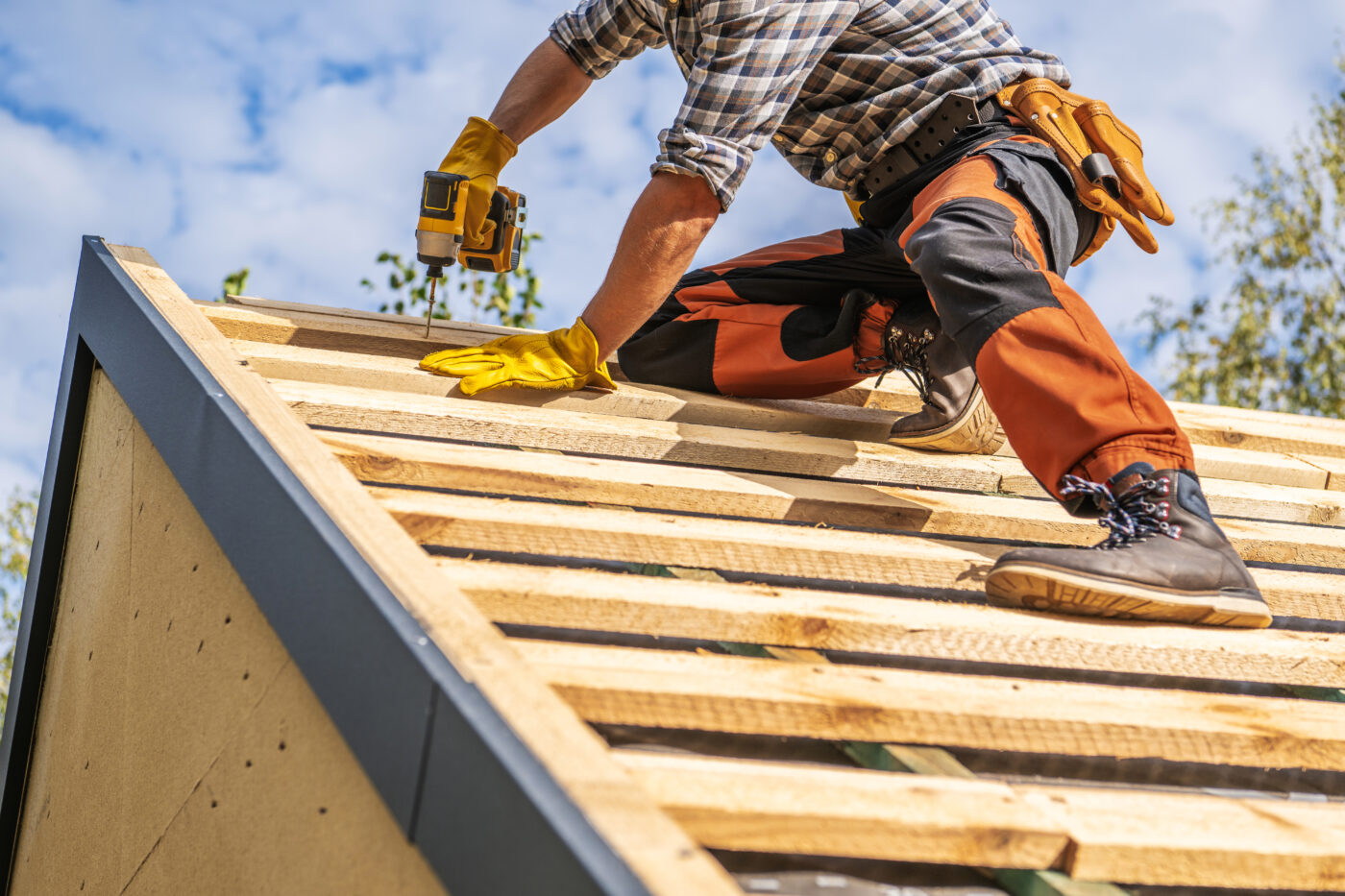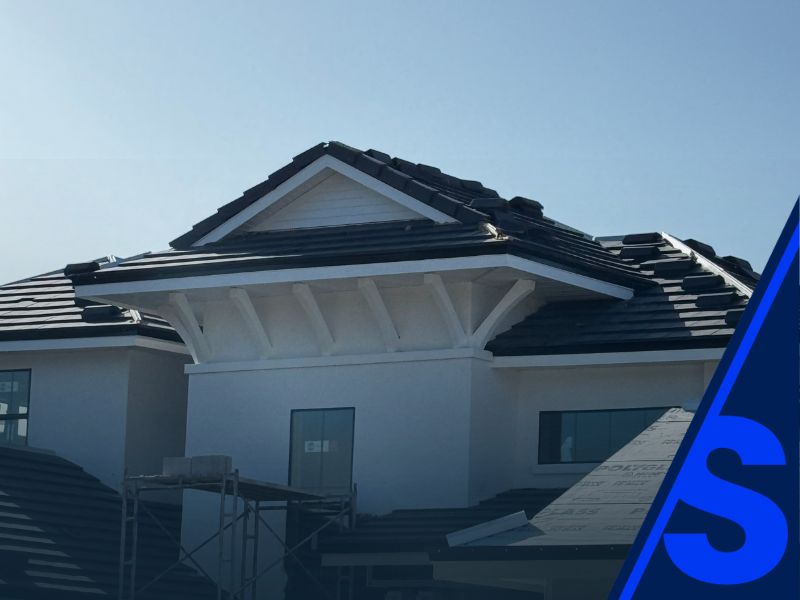Table of Contents
- Introduction
- The Benefits of Replacing Roof Shingles
- Enhancing Energy Efficiency
- Protecting Your Health
- Increasing Home Value and Curb Appeal
- FAQs
The Wise Choice: Replacing Roof Shingles
As a homeowner, I’ve often grappled with the decision of whether to repair or replace my roof shingles. It’s a significant financial decision, but with over three decades of roofing experience, I’ve learned that addressing roofing needs promptly can save a lot of trouble and expense down the line. Let me share why replacing roof shingles is not just a necessity but a smart choice for any homeowner.

Key Takeaways
- Roof maintenance is a crucial aspect of homeownership and should be addressed without delay.
- The cost of shingle replacement can seem daunting but is often a smart choice considering the long-term benefits and cost-savings.
- Utilizing a roofing contractor’s expertise could lead to better quality work, extending your shingles’ lifespan.
- Selecting the right roofing materials can significantly impact energy efficiency and potential health risks such as mold and mildew.
- Understanding and spotting signs of shingle damage early can save future expenses and help maintain a healthy living environment.
The Benefits of Replacing Roof Shingles
Replacing roof shingles offers several undeniable advantages:
- Prevents future issues: It’s about avoiding extensive damage that can cost more in the long run.
- Improves energy efficiency: A new roof can significantly reduce energy costs.
- Increases home value: It enhances your home’s market appeal.
Living with peace of mind knowing your home is secure from above is invaluable. Understanding the signs of damage and the age of your roof is crucial in making an informed decision.

Enhancing Energy Efficiency
One major advantage of a new roof is the boost in your home’s energy efficiency. Modern roofing materials have transformed the game, not only reducing roof leak repairs but also slashing monthly bills. Here’s a quick look at how energy efficiency varies with different materials:
| Roofing Material | Energy Efficiency |
| Traditional Asphalt Shingles | Low |
| Energy-efficient Shingles | High |
Improved insulation and ventilation from a new roof can significantly reduce heating and cooling expenses, making our homes more comfortable and sustainable.
Protecting Your Health
A leaky roof can lead to mold and mildew, posing serious health risks. By proactively maintaining and replacing your roof, you can safeguard your family’s health. Proper ventilation and a moisture-controlled environment are key to preventing these dangers.

Increasing Home Value and Curb Appeal
Replacing old or damaged shingles can do wonders for your home’s curb appeal and market value. A fresh, durable roof is a clear signal to potential buyers that the property is well-maintained, often speeding up the sale process and yielding a higher return on investment.
FAQ
Why should I replace my roof shingles?
Replacing roof shingles can provide numerous benefits, including improving energy efficiency, health factors, and even the property’s market value. New shingles can enhance insulation, reducing energy costs. They can prevent the growth of mold and mildew, which may pose health hazards. Ultimately, a newly shingled roof can also enhance your property’s curb appeal and add to its resale value.
How will enhancing my roof’s energy efficiency affect my monthly bills?
Energy-efficient shingles and better roof ventilation can significantly cut down on your heating and cooling expenses by maintaining a stable temperature within your home. Combined with future-proofing your home against rising energy costs, you can achieve significant long-term savings.
How does replacing roof shingles help in preventing health risks?
Old or improperly installed roofs can contribute to excess moisture, leading to mold and mildew’s unwanted growth. These can pose significant health hazards, including respiratory problems. Replacing your shingles, combined with creating effective ventilation, can minimize these risks by mitigating water damage and controlling moisture.
What should I consider when thinking about DIY shingle repairs?
While DIY shingle repair may seem cost-effective, it requires a strong understanding of roof maintenance and the identification of shingle damage. Without it, you might overlook some crucial maintenance issues. Hiring a professional roofing contractor can ensure a thorough job, extending your roof’s lifespan and keeping potential future repair costs in check.
How does replacing the roof shingles increase the home’s value and curb appeal?
A property with a new and well-maintained roof commands a higher price in the real estate market and also impresses potential buyers. The replacement of old or damaged shingles not only improves your home’s aesthetic appeal but also reassures buyers about not incurring immediate repair or replacement expenses. Studies suggest that a new roof can offer a return on investment of up to 60%.
What type of roof shingles operates best for my house?
The best type of shingles for your house depends on several factors, including the local climate, aesthetic preferences, budget, and your home’s overall architectural design. Consulting with a professional roofing contractor can help you evaluate these factors and find the best roofing material for your home – one that balances cost, durability, and appearance.
How often should I have a roof inspection?
It’s generally recommended to have your roof inspected at least twice a year – once in late spring and once in the fall. However, several other factors might necessitate more frequent inspections, such as severe weather events, leaks in the house, or if the roof is more than ten years old.



